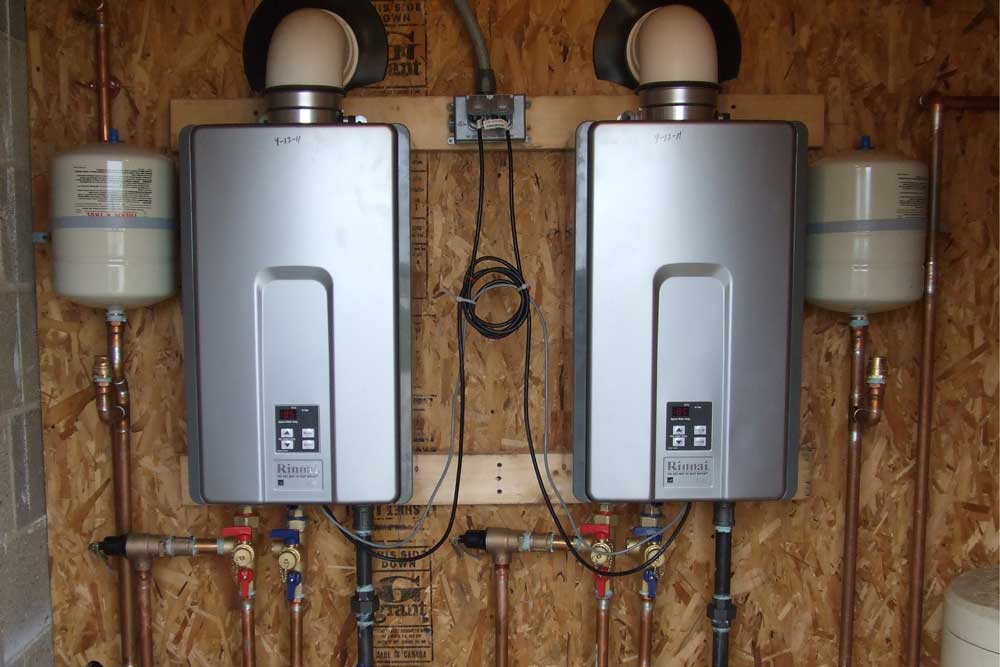Important Care Strategies for Your Home's Hot Water System
Important Care Strategies for Your Home's Hot Water System
Blog Article
What are your opinions about How to Maintain a Hot Water Heater in a Few Simple Steps?

Hot water is essential for day-to-day convenience, whether it's for a rejuvenating shower or cleaning dishes. To guarantee your warm water system runs efficiently and lasts much longer, routine maintenance is key. This article provides sensible pointers and insights on just how to preserve your home's hot water system to avoid interruptions and costly fixings.
Introduction
Maintaining your home's warm water system might appear complicated, but with a couple of easy actions, you can ensure it runs smoothly for years ahead. This guide covers every little thing from understanding your warm water system to DIY upkeep tips and knowing when to employ professional aid.
Significance of Keeping Your Hot Water System
Normal maintenance not just prolongs the life-span of your hot water system however additionally ensures it runs effectively. Disregarding maintenance can cause decreased effectiveness, greater energy expenses, and even premature failing of the system.
Signs Your Warm Water System Demands Maintenance
Recognizing when your hot water system requires focus can avoid significant concerns. Keep an eye out for indications such as irregular water temperature, strange noises from the heater, or rustic water.
Understanding Your Hot Water System
Prior to diving right into upkeep jobs, it's useful to recognize the standard elements of your hot water system. Typically, this consists of the hot water heater itself, pipelines, anode rods, and temperature level controls.
Regular Monthly Upkeep Tasks
Routine month-to-month checks can assist catch small concerns before they rise.
Flushing the Hot Water Heater
Purging your hot water heater eliminates debris buildup, enhancing performance and lengthening its life.
Checking and Replacing Anode Rods
Anode poles protect against corrosion inside the tank. Inspecting and changing them when worn out is important.
Inspecting and Changing Temperature Settings
Changing the temperature settings guarantees optimal performance and security.
DIY Tips for Maintenance
You can execute numerous upkeep tasks yourself to keep your warm water system in leading problem.
Looking for Leaks
Regularly check pipes and connections for leaks, as these can lead to water damages and higher bills.
Evaluating Pressure Relief Valves
Testing the pressure relief valve ensures it operates appropriately and protects against too much pressure build-up.
Insulating Pipelines
Protecting warm water pipes decreases warm loss and can save energy.
When to Call an Expert
While DIY upkeep is advantageous, some problems call for professional competence.
Complicated Issues Calling For Specialist Help
Examples consist of major leakages, electric issues, or if your hot water heater is regularly underperforming.
Regular Expert Maintenance Benefits
Professional upkeep can consist of extensive evaluations, tune-ups, and making sure conformity with safety requirements.
Final thought
Routine maintenance of your home's warm water system is important for effectiveness, longevity, and price financial savings. By adhering to these suggestions and recognizing when to look for expert aid, you can ensure a reputable supply of warm water without unforeseen disruptions.
How to Maintain an Instant Hot Water Heater
Before tinkering with your hot water heater, make sure that it’s not powered on. You also have to turn off the main circuit breaker and shut off the main gas line to prevent accidents. Also turn off the water valves connected to your unit to prevent water from flowing into and out of the appliance. 2. When you’re done, you have to detach the purge valves’ caps. These look like the letter “T†and are situated on either side of the water valves. Doing so will release any pressure that has accumulated inside the valves while at the same time avoid hot water from shooting out and burning your skin. 3. When the purge valves’ caps are removed, you have to connect your hosing lines to the valves. Your unit should have come with three hoses but if it didn’t, you can purchase these things from any hardware or home repair shops. You can also get them from retail stores that sell water heating systems. Read the user’s manual and follow it to complete this task properly. When the hosing lines are connected, open the purge port’s valves. 4. You should never use harsh chemical cleaners or solutions when cleaning your unit. Make use of white vinegar instead. It should be undiluted and you’ll probably use about 2 gallons. 5. Now flush your water heater. This task should probably take about 40 minutes. We can’t give you specific directions for this because the procedure is carried out depending on the type, model and brand of your heater. With that being said, refer to the user’s manual. 6. When you’re done draining the unit, you have to turn off the purge port valves again. Remove the hosing lines that you earlier installed on each of the water valves. Put the valve caps (purge port) back in their respective places and be very careful so as not to damage the rubber discs that are found inside these caps. 7. Now that everything’s back in place, check your user’s manual again to find out how to reactivate your water heating system. 8. Once it is working, turn one of your hot water faucets on just to let air pass through the heater’s water supply pipes. Leave the tap on until water flows smoothly out of it. https://www.orrplumbing.com/blog/2014/september/how-to-maintain-an-instant-hot-water-heater/

We hope you enjoyed reading our section about How to Maintain Your Water Heater & Prolong its Life. Thanks for finding the time to read through our blog. Make sure you take the opportunity to promote this page if you appreciated it. We truly appreciate your readership.
Visit My Site Report this page